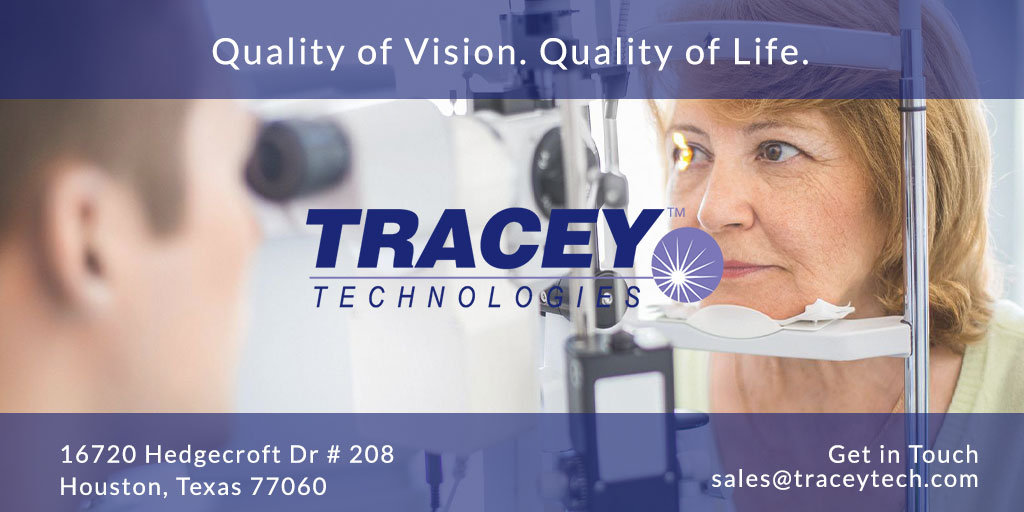

Postoperative counterclockwise rotation of ≥5° has been reported in clinical studies evaluating the rotation of the TECNIS ® Toric 1-Piece (Johnson & Johnson Vision, Irvine, CA, USA) monofocal IOL. 4–6 Toric IOL rotation of ≥5 degrees (°) is considered to be clinically relevant, and rotation of ≥10° typically indicates the need for surgical intervention to reposition the toric IOL. Toric IOLs show the greatest amount of rotation within the first day following surgery, with little rotation observed from one day to one week and thereafter. Using a simple optical model, it has been shown that every 1 degree of toric IOL rotation results in a 3.3% reduction in astigmatic correction. 2 However, the importance of rotational stability of toric IOLs cannot be overstated, as postoperative alignment and stability of toric IOLs is critical for achieving optimal visual outcomes. These include reduced amounts of residual astigmatism following surgery, greater spectacle independence, and better uncorrected distance visual acuity (UCDVA). 1 Toric IOLs provide advantages to patients with corneal toricity compared to non-toric monofocal IOLs. Keywords: toric IOL, astigmatism, IOL rotation, cataract, surgery, axis misalignmentĪpproximately one-third of patients presenting for cataract surgery have at least one diopter (D) of corneal astigmatism and could therefore benefit from toric intraocular lenses (IOLs). The POC study design was supported, demonstrating that prototype non-toric monofocal IOLs can predict clinical performance of toric IOLs with the same haptic design. At 1-week, surgeons were very satisfied or satisfied with overall clinical outcomes and rotational stability in 98% of implanted eyes.Ĭonclusion: The TECNIS Toric II IOL, with frosted, squared haptics, demonstrated low magnitude of postoperative IOL rotation, excellent uncorrected distance vision, and minimal residual astigmatism. The mean signed axis difference (postoperative minus operative) of the TECNIS Toric II IOL was 0.23° ± 1.27° at 1-day and − 0.07° ± 1.25° at 1-week, indicating a clockwise drift. At 1-week, mean monocular UCDVA was 0.026 ± 0.135 (~20/21) logMAR and mean residual manifest refractive cylinder was 0.30 D ± 0.35 D. The magnitude of rotation was similar to the POC study prototype IOLs. The percentage of eyes with ≤ 5° of absolute rotation was 98.9% and 99.5% at the 1-day and 1-week visits, respectively. Results: Mean absolute rotation was 0.82° ± 1.0° and 0.84° ± 0.92°at 1-day and 1-week visits, respectively. Rotation data were compared to the POC study in which two prototype non-toric monofocal IOLs, one with the same haptic design as Model ZCU, were studied. Uncorrected distance visual acuity (UCDVA), postoperative astigmatism, and surgeon satisfaction were also assessed. An objective photographic method was used to determine postoperative IOL rotation.

TECNIS Toric II IOL (Johnson & Johnson Vision, Irvine, CA, USA, Models ZCU150 to 600) were implanted in 125 subjects and evaluated at 1-day and 1-week postoperatively. Patients and Methods: A post-market, prospective, multicenter, single-arm, open-label clinical study was conducted. Purpose: To evaluate the reproducibility of magnitude of postoperative IOL rotation following implantation of a toric intraocular lens (IOL) with modified haptics, in comparison with a Proof-of-Concept (POC) study of prototype IOLs featuring the same haptic design. Gabriel A Quesada, 1 Rodrigo A Quesada, 1 Jason J Jones, 2 Benjamin JK Straker, 3 Wuchen Zhao, 3 Linda Tsai, 3 Srividhya Vilupuru 3ġCentro de Oftalmología y Cirugía Plástica, San Salvador, El Salvador 2Jones Eye Clinic, Sioux City, IA, USA 3Johnson & Johnson Surgical Vision, Inc, Irvine, CA, USAĬorrespondence: Srividhya Vilupuru, Johnson & Johnson Surgical Vision, 31 Technology Dr Suite 200, Irvine, CA, 92618, USA, Tel +1-94, Email


 0 kommentar(er)
0 kommentar(er)
